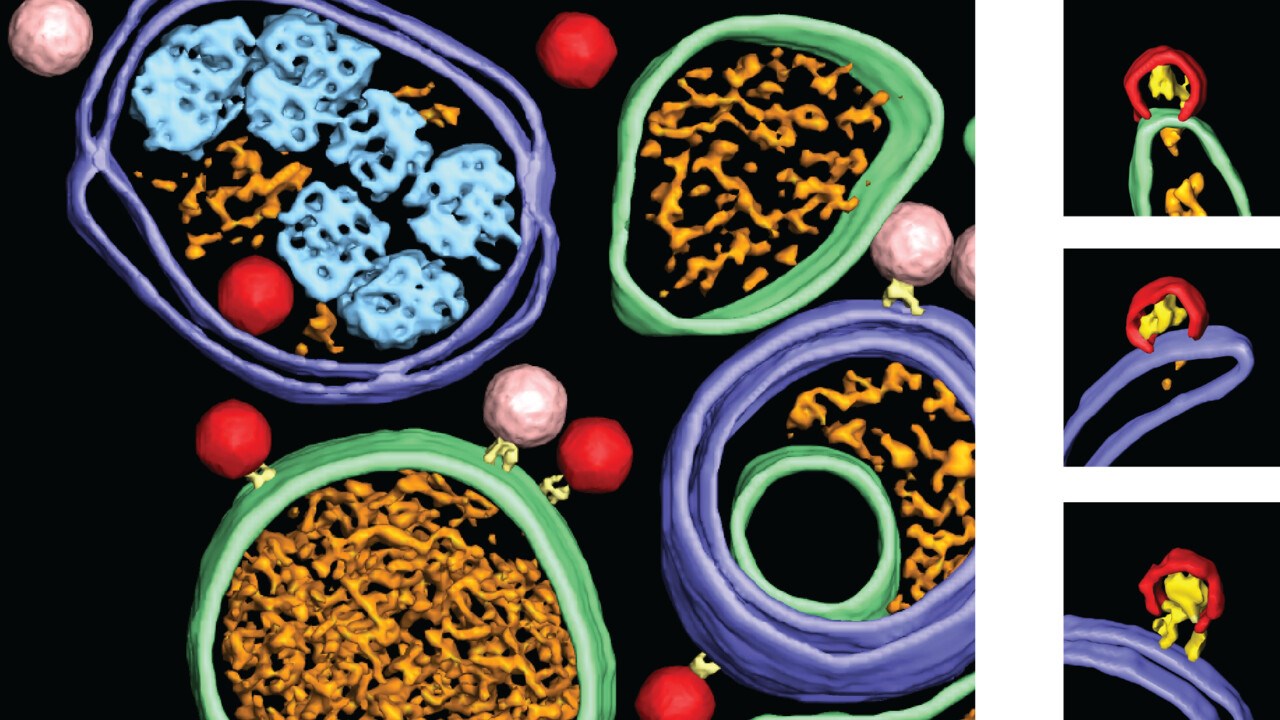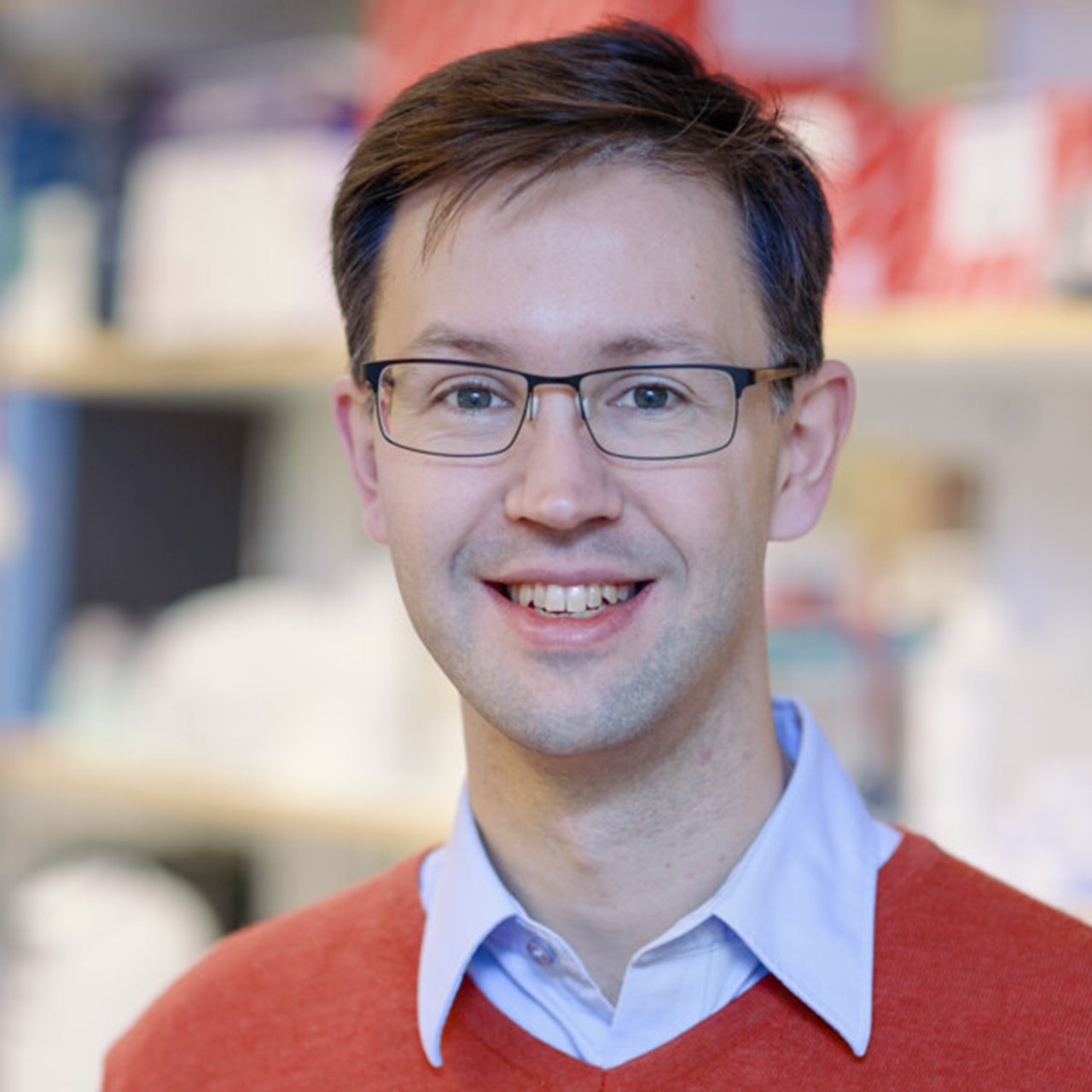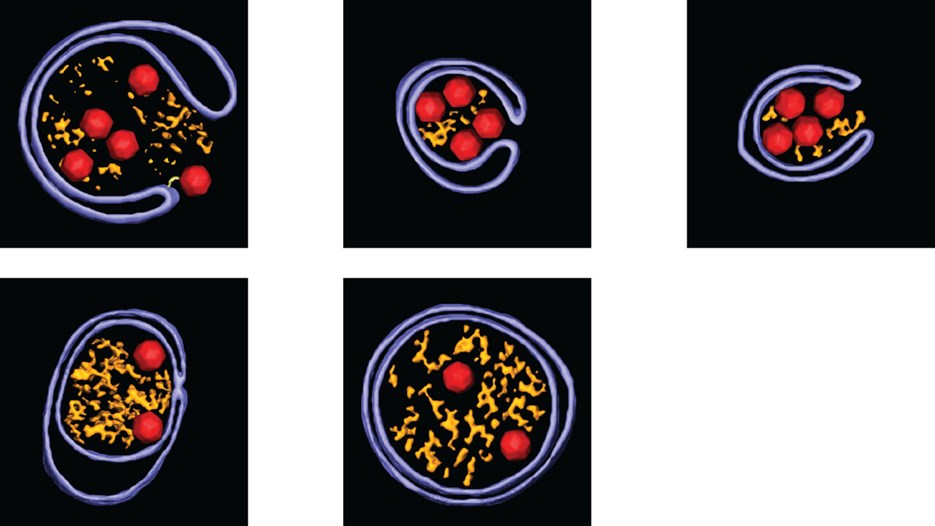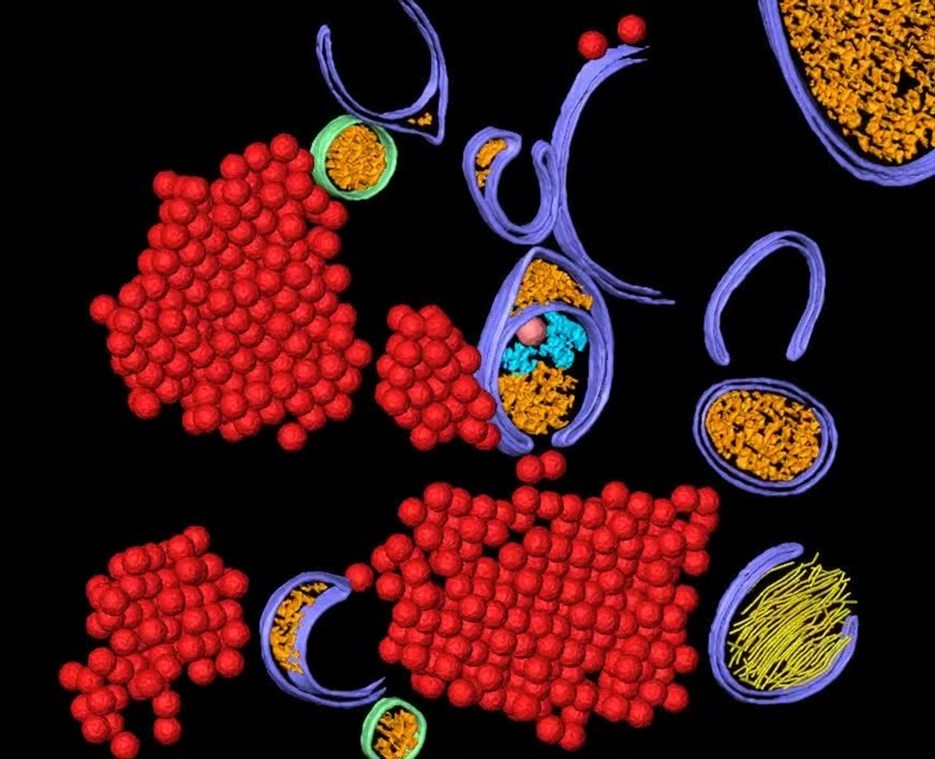About the study
Membrane-assisted assembly and selective secretory autophagy of enteroviruses
Selma Dahmane, Adeline Kerviel, Dustin R. Morado, Kasturika Shankar, Björn Ahlman, Michael Lazarou, Nihal Altan-Bonnet, Lars-Anders Carlson
DOI: 10.1038/s41467-022-33483-7






